In the 17th to 19th centuries, the snow on the peaks of Gran Canaria was nothing special. It has been snowing heavily on the island’s peaks every year for at least 5 months from December to April. The richest months in the snow were January and February. At the end of the seventeenth century, the locals began to use the infested snow economically.
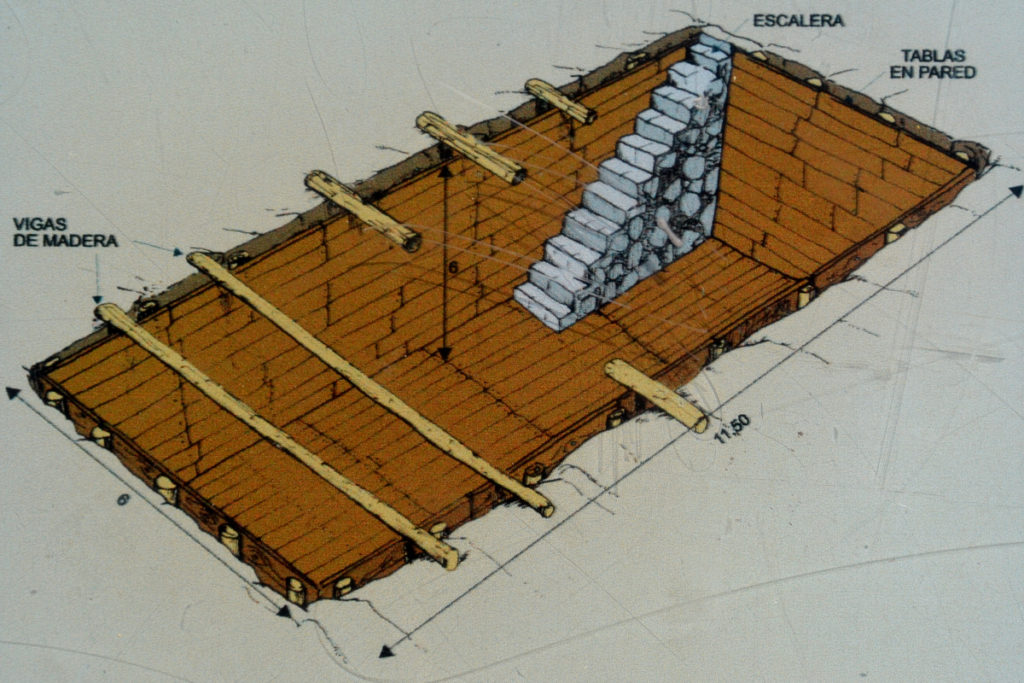
On July 5, 1694, representatives of the church and government on the island decided to build a so-called snow well. Its location was logically designed at the highest point of the island below the summit of Pico de las Nieves, the highest mountain on the island of Gran Canaria. This well was intended to store ice for domestic use. Ice storage technology is very old in Mediterranean cultures. It was brought to the Canary Islands by Spanish colonizers. It is based on the use of caves or deep pits to store ice blocks. The ice stored in this way managed to stay compact for up to two years. The snow wells in Gran Canaria are similar to those in the mountains of Andalusia.
Storage
Snow has accumulated in the wells during the frosts. At that time, workers who worked on his collection came to the top. During the harvest, which lasted an average of 6-9 days, several dozen workers worked in the mountains. There were basically two main groups of workers, pisoners and peons.
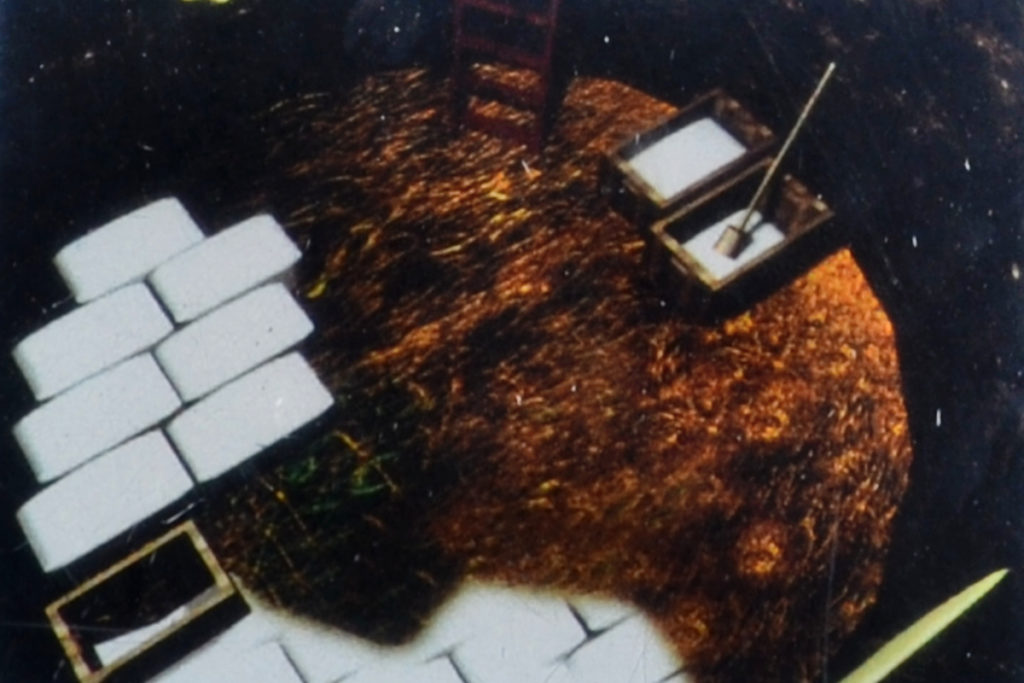
The peons were in charge of collecting the snow in the baskets and transporting it to the wells. The pisoners beat the snow inside the well into torals, hard wooden boxes, until it became a solid block of ice. He then carefully placed it in the cavity, creating rows.
In addition, the so-called muleti work there. They were in charge of supplying the camp. There were also women who prepared food for the workers. The whole expedition was led by a master, who was responsible for the proper storage of ice and organized all work activities.
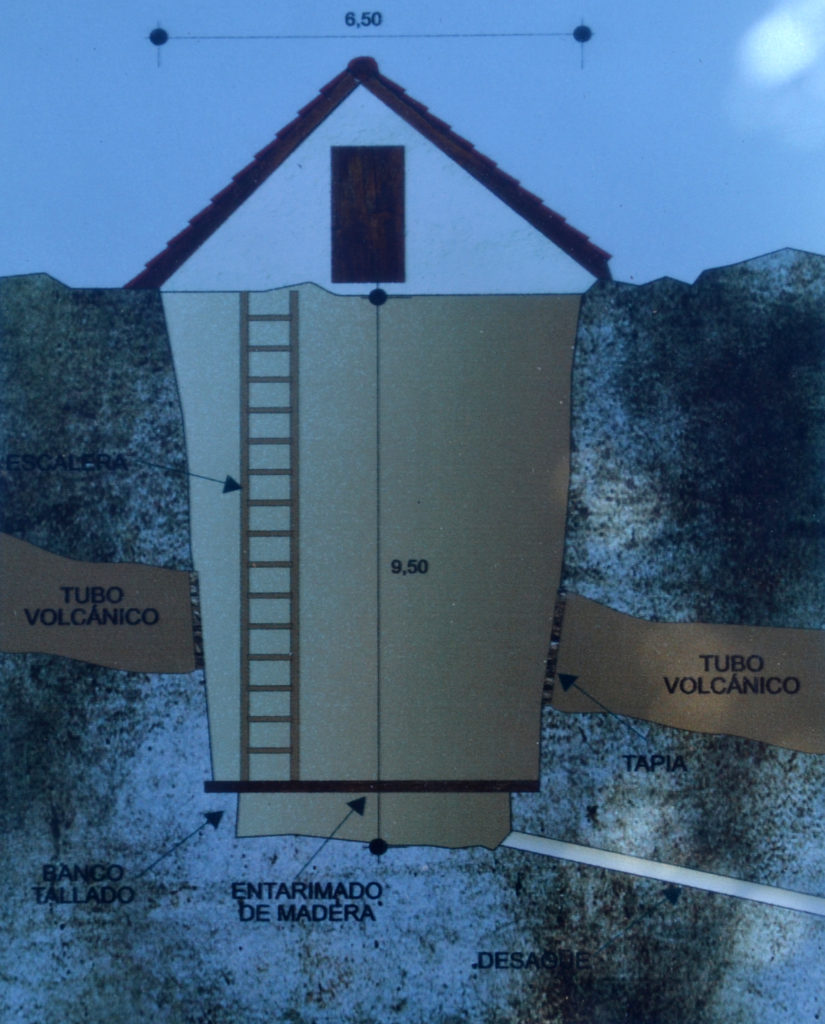
The rows completely compacted in length and width were separated at the top from the next row of blocks by a thick layer of straw. The straw from the traditional cereals that were available was used: wheat, oats and rye. If there was a shortage of straw, vine shoots were used. Thus, the snow inside the wells did not turn into a single compact mass and it was easier to work with it using rows about 40 centimeters high.
The set of blocks was isolated from the rocky bottom. Melted water from the outer blocks flowed toward the underground drainage hole and leaked out. In this way, the snow blocks, perfectly positioned and isolated from the ambient temperature, could last up to two years compactly.
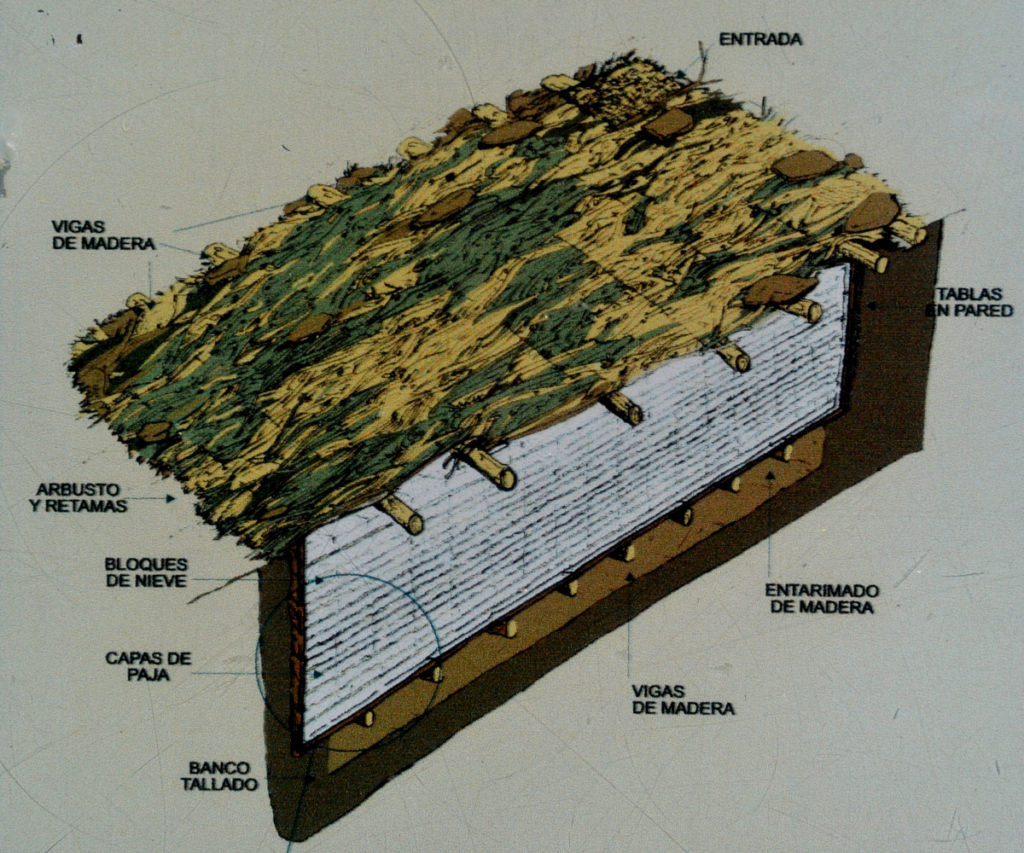
The use
Ice blocks were transported from the wells during the summer, always after the feast of the Corpus Christi, to Las Palmas. There was a so-called refrigerator. It was a room in the Chapter House on the Patio de Los Naranjos with an exit to the Plaza de El Cortado. The blocks were carved from the wells and compacted again. They were transported in special baskets on horses or donkeys. The baskets were lined with straw from the inside, a block weighing approximately 40 kg was placed in them and covered with a layer of straw again to avoid losses during transport.
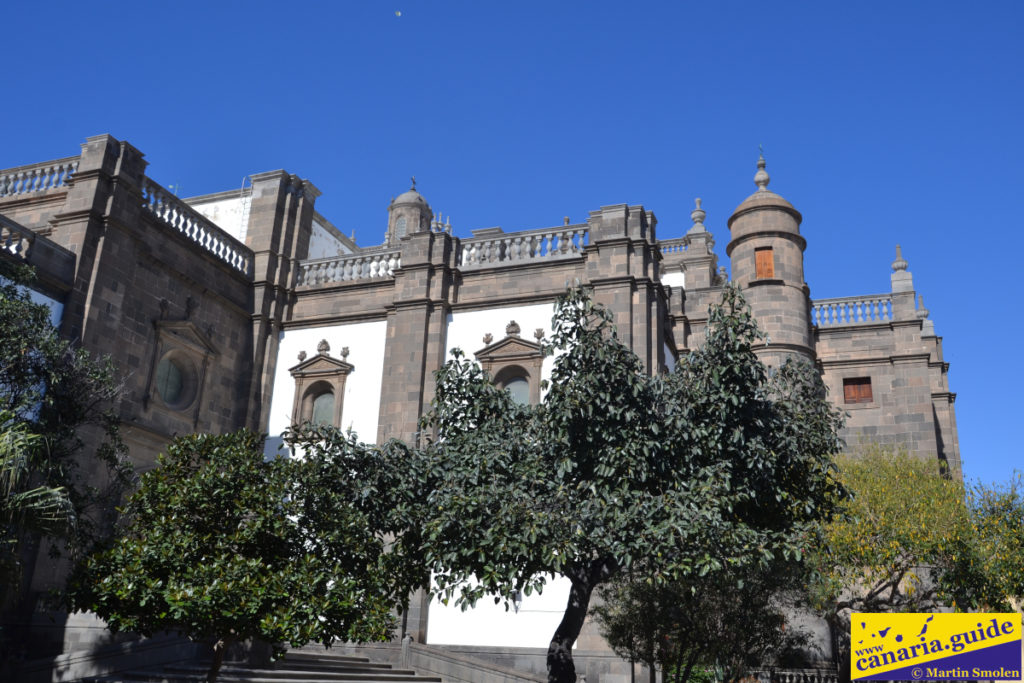
In Las Palmas, the blocks were divided into smaller parts weighing 1 pound (approximately 460 grams) and thus sold. The Prebendars, members of the Roman Catholic clergy in charge of the cathedral, were entitled to 2 pounds of ice a day for free. Ice was also used to supply hospitals, where it was used to desensitize affected areas of patients during surgery or to reduce fever. The public could buy ice at the ice cream parlor located on the east facade of the cathedral. 1 pound cost 18 maravedis. Maravedí was a Spanish accounting unit used in the 11th to 19th centuries.
The use of snow wells ended in the second half of the 19th century. In 1866, the first ice factory was put into operation in Las Plamas.
There are three snow wells on the tops of Gran Canaria. Two of them, Pozo Grande and Pozo de los Canónigos, are renovated and very easily accessible. The third well, Pozo de la Real Audiencia, is located in the most inaccessible terrain and is closed.
Pozo Grande
This well is the oldest. Its construction was decided on July 5, 1694. It is also the largest of all three wells. Its maximum capacity was almost 14 tons of ice.
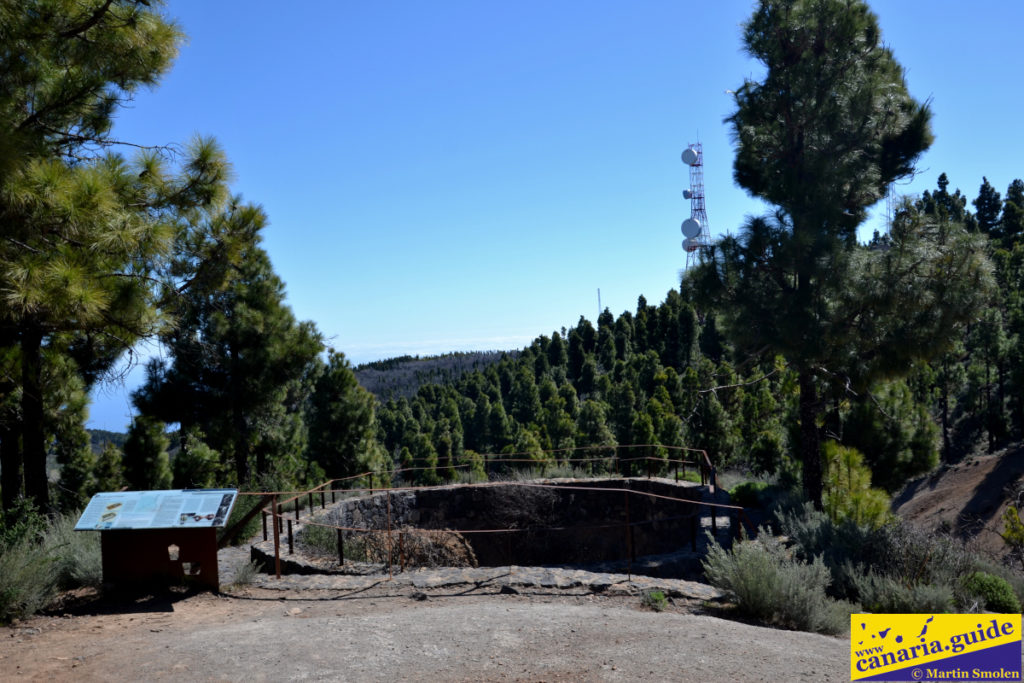
The well has a rectangular shape with a stone wall. A staircase led inside, which was later replaced by a wooden ladder. The well never had a roof, so the snow was covered only with bales of straw. Therefore, the ice in it melted more easily.
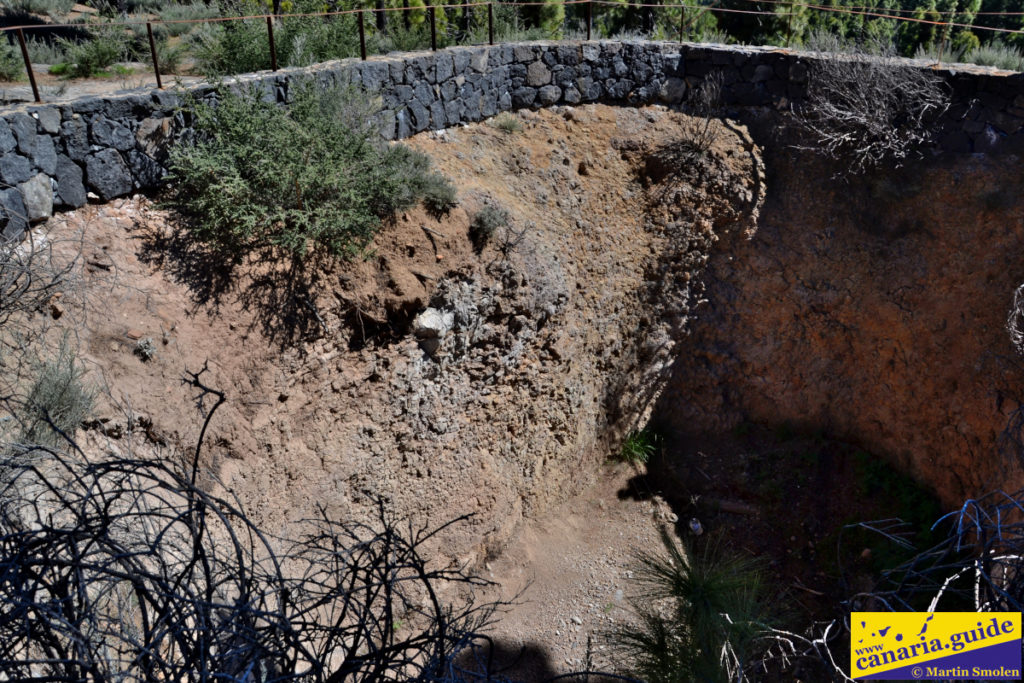
You will find the well near the crossroads at the entrance to the Pico de las Nieves military complex. It is located on the GC-135 road about 400 meters on the left side of the parking lot next to the heliport.
Pozo de los Canónigos
On September 18, 1699, the canons of the cathedral chapter agreed to build another well. They chose a place near the already existing Pozo Grande well.
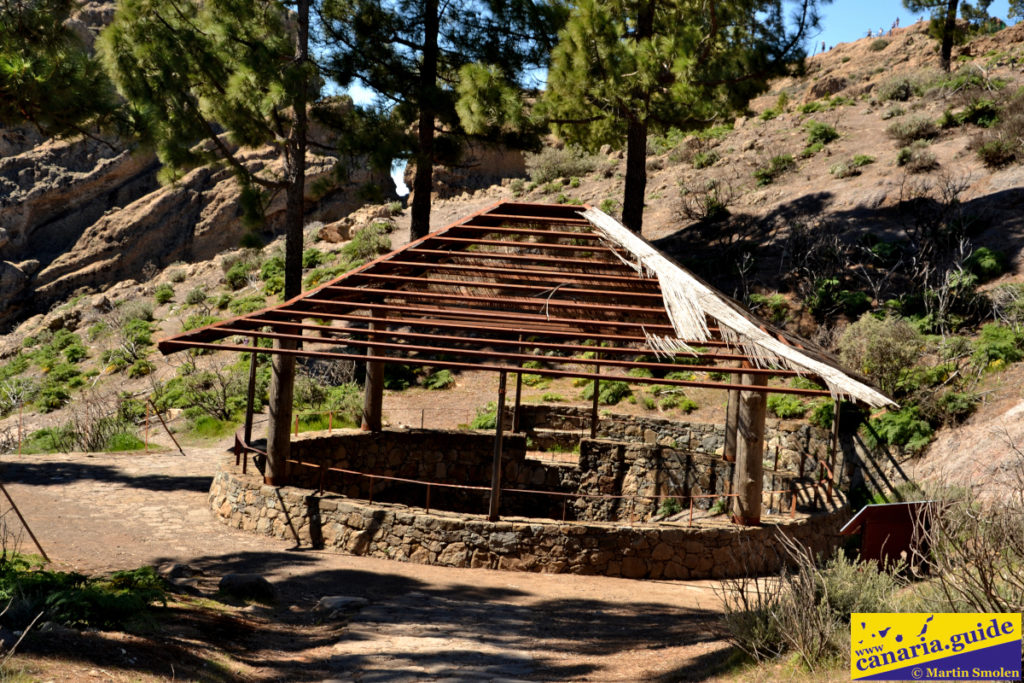
It is a circular building bordered by a stone wall and a wooden fence. The building is covered by a roof supported by wooden pillars. Its circumference is formed by an almost smooth rock. At the bottom there is a circular step, on which wooden beams were placed, thus creating a drainage system. The ice blocks were placed all the way to the beams. It is about 9 meters deep.

The well is visible directly from the crossroads at the entrance to the Pico de las Nieves military complex.
Pozo de la Real Audiencia
This well first appears in the minutes of the cathedral chapter in 1701. According to records, this well was used to take back unused ice from the chapter, and the following year the ice was returned to the chapter. It was used until 1915.
The well is dug into the rock, it is about 4 meters in diameter and seems to be quite deep, but at present it is possible to see only a large cement slab, which for safety reasons covers the entire hole. This makes it impossible to see and access inside. According to the government, the well under the cement slab is clean and ready for renovation.
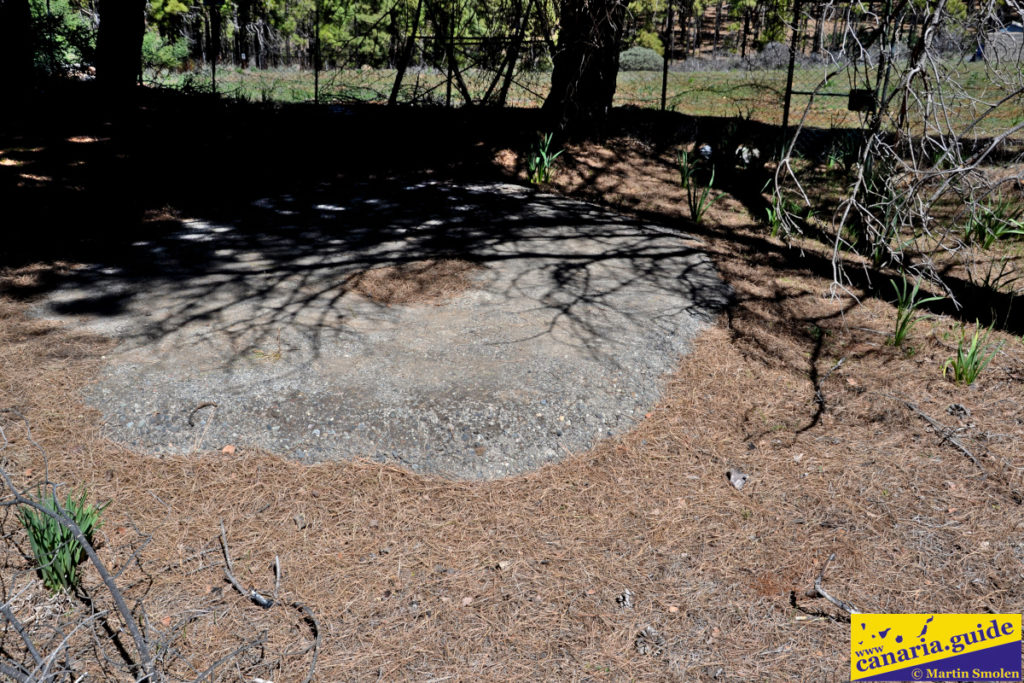
Access to the well is, unlike the previous two, quite difficult. After turning off the road GC-130 to GC-134 towards Pico de las Nieves, there is a house on the right after about 300 meters. It is necessary to continue to the end of the fence by the road and then descend into the gorge next to the fence. After about 150 meters there is a well about 5 meters from the fence. The concrete slab is overgrown with vegetation and is only faintly visible.
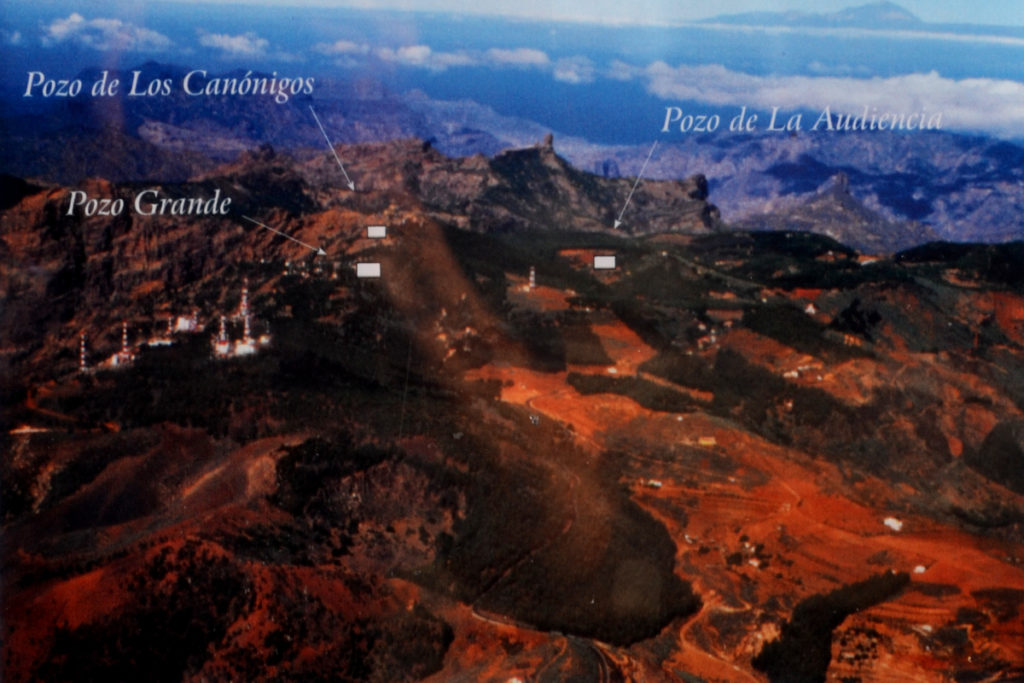
Untagged photos come from the Cabildo de Gran Canaria archives.
Did you like this article, was it useful to you? You can also support the creation of this website by sending any amount to ES08 0049 5735 1122 1616 5370, swift BSCHESMM. Include “Canaria Guide Support” in the note. Thank you for supporting.


